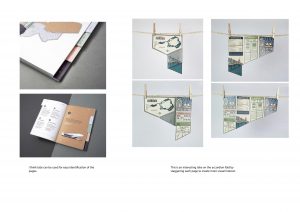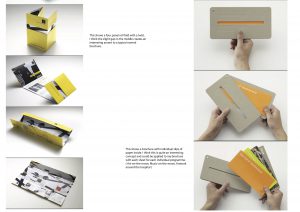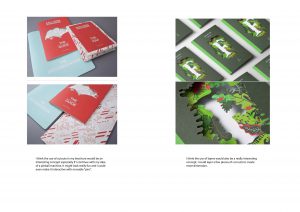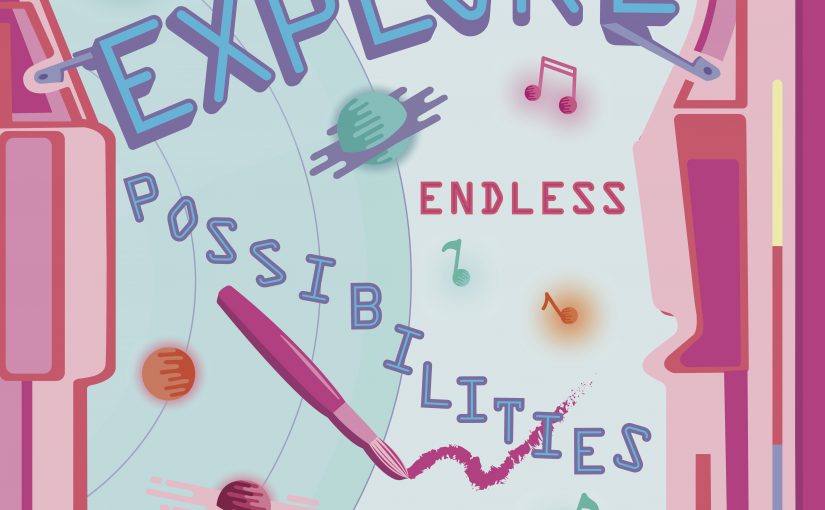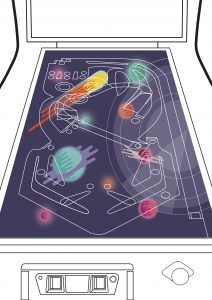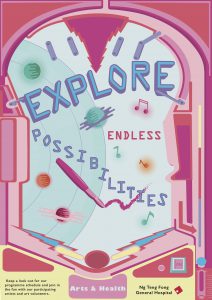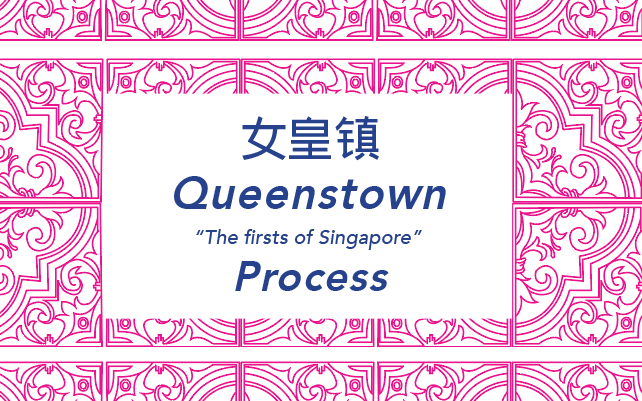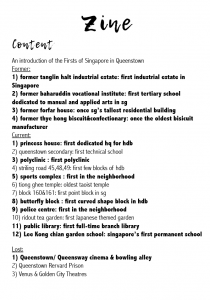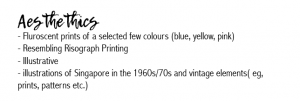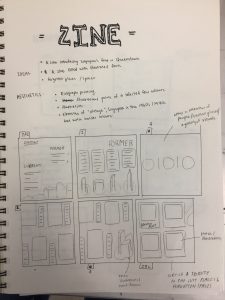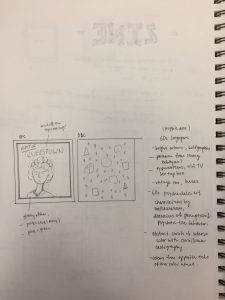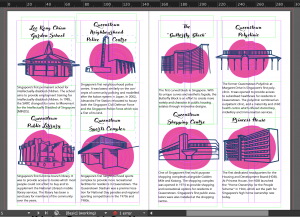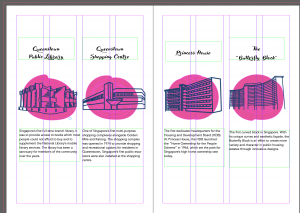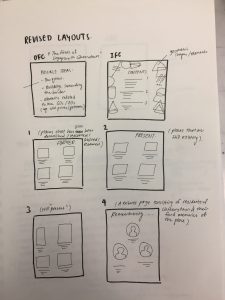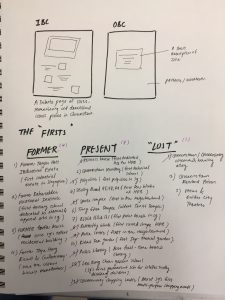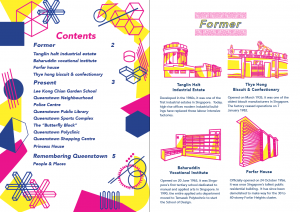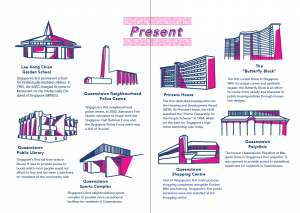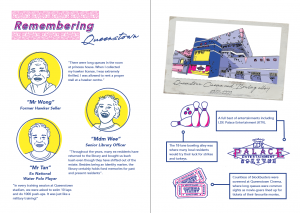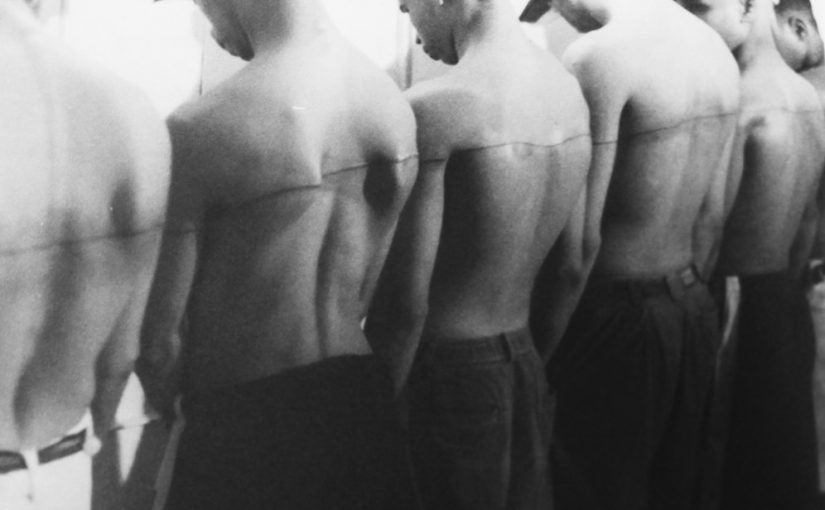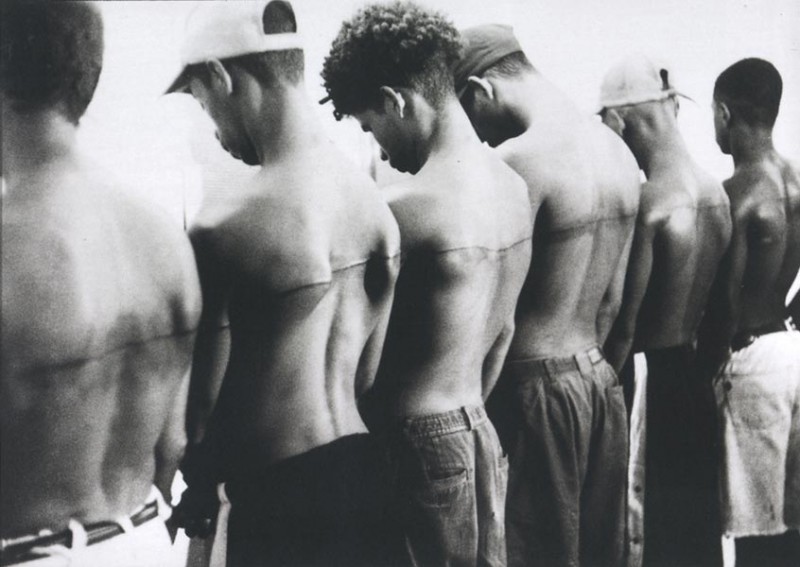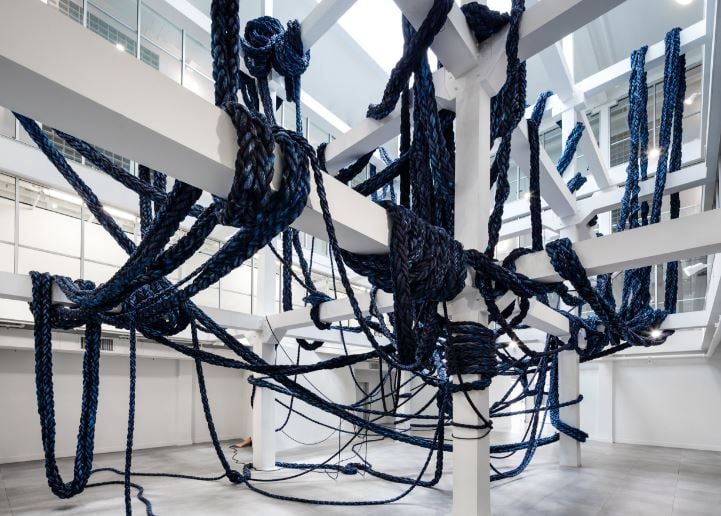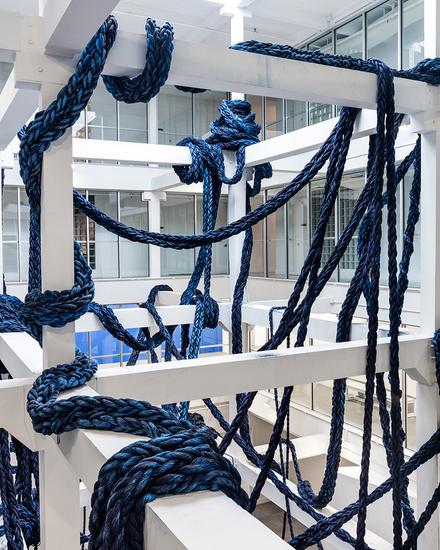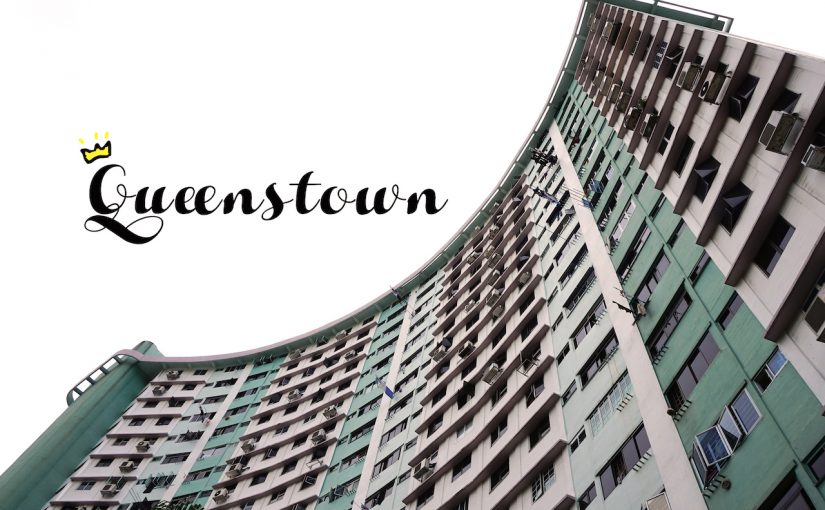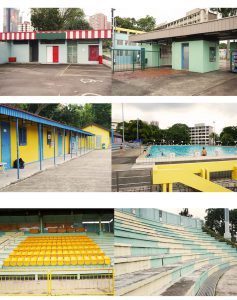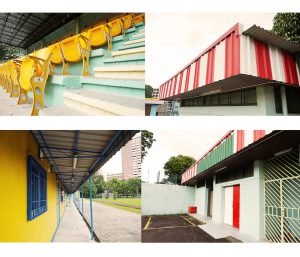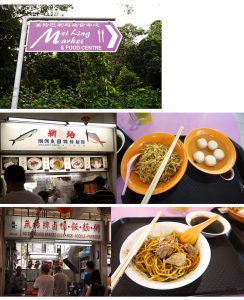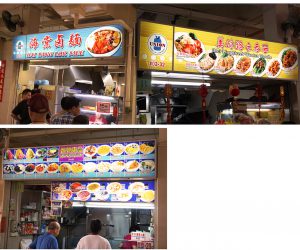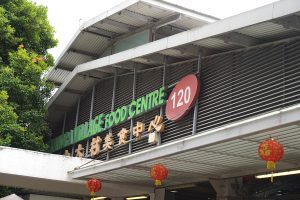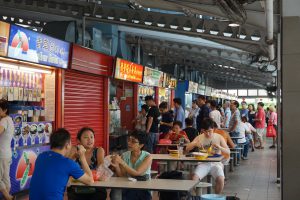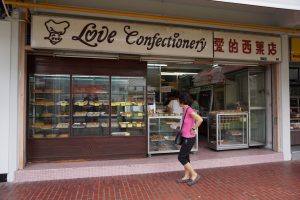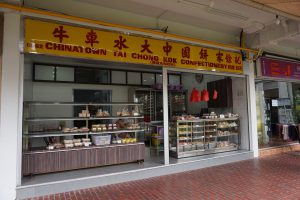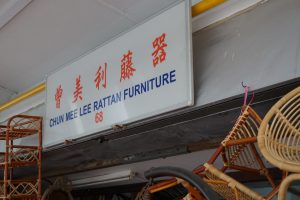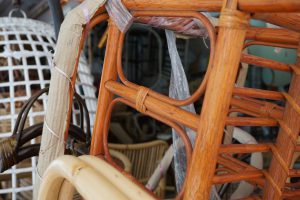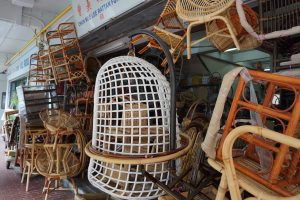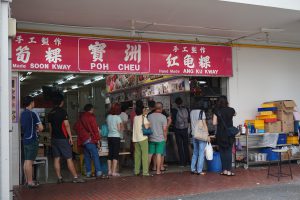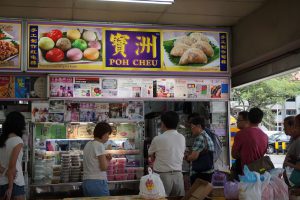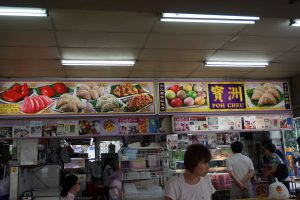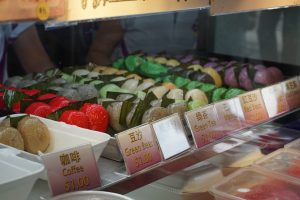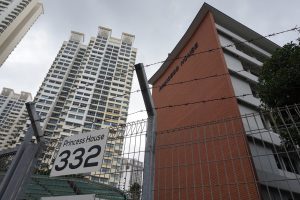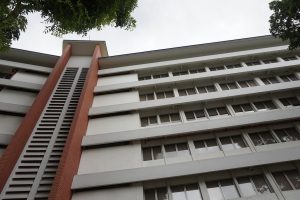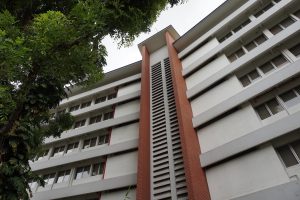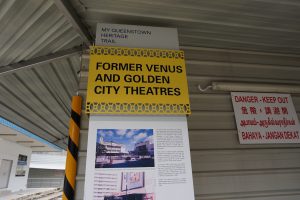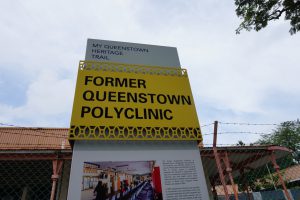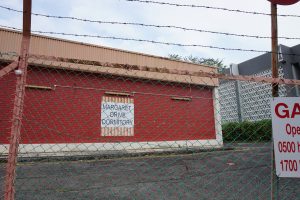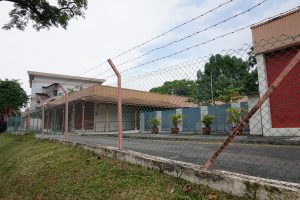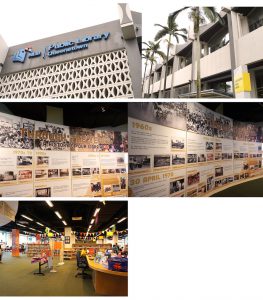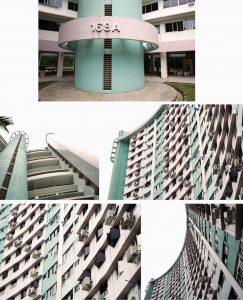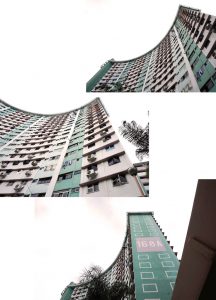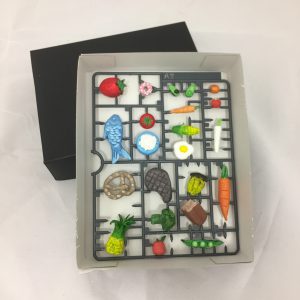1. What are some of the current issues confronting our world today? Amongst them, what is of interest and a cause of concern to you?
1. Sexual assaults/ harassment
For every 1000 rapes, estimated that only 310 are reported ( just under 1/3) Rape is the most under reported crime
Only a fraction (57) lead to arrest
Only a fraction of the arrest lead to prosecution (11)
A fraction of the prosecuted lead to incarceration (6)
For sexual harassment in the workplace, the least common respond was to report it and only 30% of those harassed speak up – 70% remain silent
75% of employees who spoke out against workplace mistreatment faced some form of retaliation
Fear is the number 1 reason (20%)
These stats only reflect those experiences of straight white women and not women of colour, gays, men, trans etc.
According to a 2015 survey by the National Center for Transgender Equality, 47% of transgender people report being sexually assaulted at some point in their lives, both in and out of the workplace.
http://time.com/time-person-of-the-year-2017-silence-breakers/
2. Takeout Waste
- In the U.S. packaging takes up the largest percentage of waste
- Single use items make up another 10% of U.S. discards
- Mindless consumption
- 29% of green house gas consumption comes from the way we make, consume and dispose of stuff

Takes a lot of energy and resources to produce single use items, more resources needed to be extracted to replace it
Reduce & Reuse > Recycle – Waste Minimisation
- Eg. Take out condiments ( chilli or ketchup packets ), serve condiments in bulk to reduce waste
- 1 bulk ketchup dispenser – 359 packets of ketchup
- 1 bulk sugar at the coffee shop – 120 packets
- Stop overpackaging – don’t offer the plastic bag until someone asks for it
- 1 million plastic bottles are bought / minute
- No. of bottled water consumption per capita has quadrupled from 1987- 2014
What is being done to mitigate this problem?
Reduce
- Seamless & Grubhub, the food delivery apps are offering an option to skip the utensils and napkins ( in 2013, they reported having saved over 1 million utensils and napkins )
Reuse
- Reusable takeout containers
- 1/3 of meals served are to go meals = 350,000 single-use containers
- checkout the container with your food and return them at the counter after consumption
- GO Box, a reusable option for take out food
- In UC Irvine, water bottle filling stations have popped up, making it easier to refill – avoid 3 million plastic bottle / year , disposable water bottle sale dropped 30%
- UC Irvine, diverting 80% of waste from landfill to recycling and composting facilities
https://www.youtube.com/watch?v=5qx2WFpNTPs
3. Inclusivity of make up brands
- The beauty industry neglected women of colour
- The makeup industry’s frustrating cycle of struggle and progress for women of colour
“ African-American women spend $7.5 billion annually on beauty products, but shell out 80 percent more money on cosmetics and twice as much on skin care products than the general market.”
Why do most companies not have the same inclusivity or the success to go with it?
Fenty Beauty is not the first company to have such extensive foundation shades – but what made it stand out from the rest?
- Make up forever
- Loreal
- Cover Girl
- Revlon
- Maybelline
- Main stream makeup brands were limited to a handful of options , many of them fall short in providing the correct shade
- Makeup artists say that there is no extra difficulty in understanding deeper skin tones
- Deeper shades with the right undertone is difficult to find – why? considering how the difference between a lighter and darker shade is just the ratio of pigment
- Not just limited to foundations but blush, eyeshadow etc. and deeper skin tones require more pigment
- Only 18% of American Chemical Society (ACS) were people of colour
- In 2013, black, hispanic and asian women made up only 16.3% of workers in the personal care products industry
There has been efforts made in mainstream beauty industry to be more inclusive, but why is it taking them so long?
- Narrow ideals of what constitutes beautiful
- Even though there are a wide range of women who are willing to pay and the demand is there to see themselves represented, companies are not willing to cater to them in fears of damaging their brand and make their brand less glamorous, less beautiful if it is attached to darker skinned women
There are products for women of colour but beauty industries still focused a lot on skin lightening products
Cultural movements– Black is beautiful and the all out effort to install racial pride in black people have done much to neutralise and offset much of the damaging effects of oppression from being black
Black owned cosmetics – Fashion Fair , Black Opl, Iman, Nars, Bobbie Brown, Mac
Mac Vibe Tribe collection – Cultural Appropriation, culturally insensitive
Independent brands have stepped in to fill the mark – The Lip Bar, Cocotique, koyVoca ( rely heavily on social media to promote their brand)
https://www.youtube.com/watch?v=v5e4gwDGrNk
4. Overconsumption– Fast Fashion
Apparel industry is the second most polluting industry in the world
A trend for companies to outsource their production = demand for cheaper labour and material
80% drop in employment since 1990s
Huge consequences for the people making the clothing and the environment
Polyester a polluting plastic made from fossil fuel, now in over half of our clothing
- Every single piece of polyester clothing that has been produced is still on our planet today
- When we wash our clothing, thousands of microplastics go into our water systems
- Fishes are consuming the microplastics and we are consuming the fish
- Research done in California found that 1 in 4 fishes contain this microplastics
- The greatest pollution are actually these micro plastics
Requires 8x the energy to produce polyester
Where is this clothing being made?
Environmental Impact
- In China, 3/4 of energy supply are coming from coal
- Most of our clothing are coming from the most pollutive form of energy
- 5x more carbon output than all of the airlines combined
Social Impact (Who are the ones making these apparels)
- 1 in 6 people in the world work in some part of the apparel industry
- 80% women, 98% of them are not receiving a living wage – locked in a channel of poverty
- Shopping all the time but never having anything to wear
- Transparency is when companies are willing to name the factories they are working with , no way for third parties – media, people to search whether what they claim is actually taking place
- 98% not receiving a living wage
- Outsourcing is done to “shadow factories” to keep up with the low cost and high demands , they hv much lower living standards
- do not show if its actually organic cotton, cotton is the 4th largest pesticide consuming crop
Second largest polluter of fresh water globally – most developing countries release their dye products directly into the local water supply
Solution (what can be done?)
- majority of the resources focused on marketing and what can be sold to us, unlike technology it is really not designed for us at all– mass production
- 90% of brands do not actually know where their material is coming from
- open door policy with our manufacturers and production domestically
- Love what you buy, quality > quantity
- Clothing as an investment piece in the long term
- Consumers dictate the direction in which the apparel industry goes
https://www.youtube.com/watch?v=5r8V4QWwxf0
The True Cost
2. Why is the issue important? Who does it affect and how?
The term “fast fashion” refers to the speed at which clothes are consumed and disposed. On average, each American throws out 82 pounds of textiles each year. Large fashion companies such as Zara, H&M, Topshop and Forever21 release as many as 18 collections a year which results in consumers constantly renewing their wardrobes in accordance with the latest trends.
Inefficient production practices and the exploitation of workers in developing countries with capital-friendly labor laws allow these companies to produce clothing on a mass scale and sell them at extremely low prices. Many consumers are ignorant to the transnational flow of goods, exploitative labor conditions and environmentally corruptive production practices that result in the cheap prices we see on our clothing tags. Mass supply and affordability, combined with the incessant craving for novelty bred by consumer culture, has created a mindset of expendability when it comes to clothing that the planet is unable to sustain.
At the end of the day, fast fashion is bad for the environment, promotes labour exploitation, encourages a consumerist mindset of buying stuff we do not need and the only ones who benefit from this are corporate companies.
https://prospectjournal.org/2017/05/24/crisis-in-our-closets-the-environmental-impact-of-fast-fashion/
3. Who do you need to communicate to, and why?
Main target audience would mainly be consumers in developed countries such as ourselves who are the most susceptible to marketing campaigns by the fast fashion industries and the driving force behind the growth of this industry.
Hopefully to raise awareness on the detrimental effects of overconsumption socially and environmentally, as well as lifestyle changes they can adopt to mitigate this problem. As consumers, we need to shift our habits toward investing in quality attire. We should buy clothing with the intent of wearing it for years to come and eliminate the desire to constantly renew the items in our closets. Each purchase must be backed by the consciousness of personal responsibility.
4. How has visual communication contributed to address the cause?
http://www.adweek.com/brand-marketing/ad-day-patagonia-136745/
Celeste Tesoriero’s “anti-campaign”
Celeste Tesoriero is the Sydney-based designer who has shot her AW’16 collection on location with every model wearing every garment inside-out.
“Sustainabilty doesn’t have to this big scary thing: it can be as simple as asking who made my clothes?” “You see this ripple effect: once people start asking simple questions, they soon start asking more complex ones, and they can make their own choices about what feels right for them and their morals with more knowledge.
http://www.styledbymarieclaire.com.au/inspiration/designer-spotlight/celeste-tesoriero
Fashion Revolution ( #whomademyclothes )
http://fashionrevolution.org/about/
Fashion Revolution believe in a fashion industry that values people, the environment, creativity and profit in equal measure.
“We want to unite people and organisations to work together towards radically changing the way our clothes are sourced, produced and consumed, so that our clothing is made in a safe, clean and fair way.
We believe that collaborating across the whole value chain — from farmer to consumer — is the only way to transform the industry.”
Zine #002: LOVED CLOTHES LAST
http://fashionrevolution.org/resources/fanzine2/
#lovedclotheslast explores the issue of waste and mass-consumption in the fashion industry, and hopes to inspire you to buy less, care more, and know how to make the clothes you love last for longer.
I think that the idea of a zine is a really smart way of tying it together with the cause – given its fresh take on a traditional fashion magazine. It is visually engaging with its infographics, illustrations, visuals, text, layout etc. It is bold, fresh and just screams “rebellious”. It is a great idea to create visual interest while providing the relevant information that makes the viewer want to pick up a copy to learn more about the cause.
































